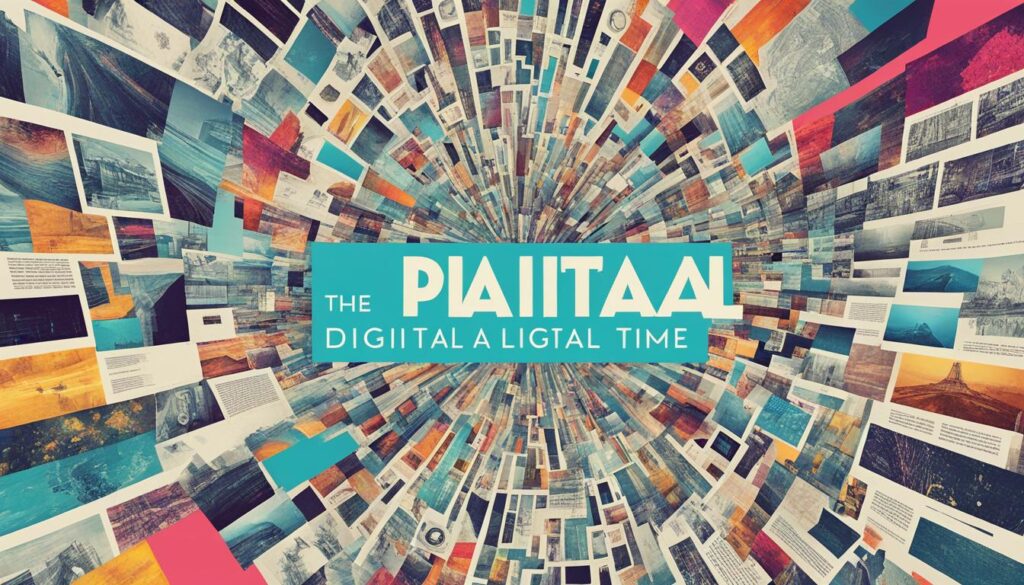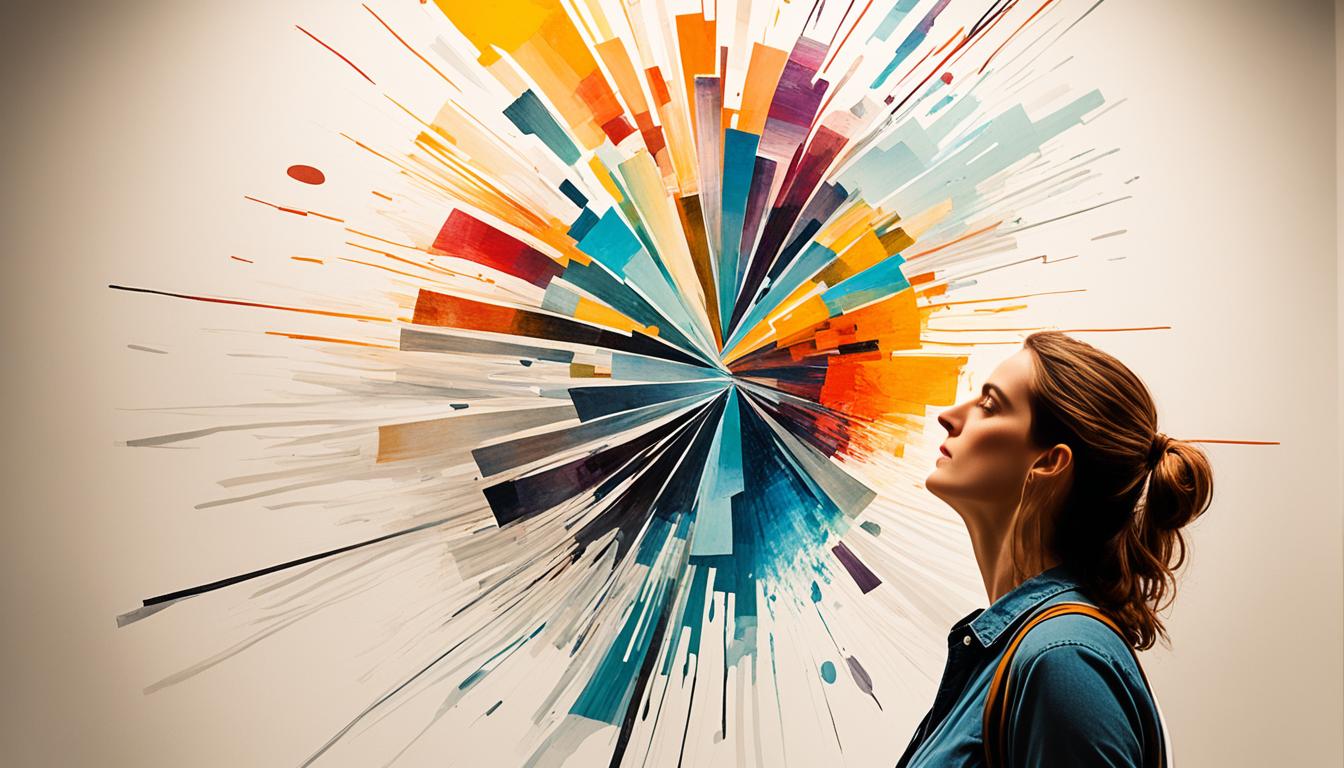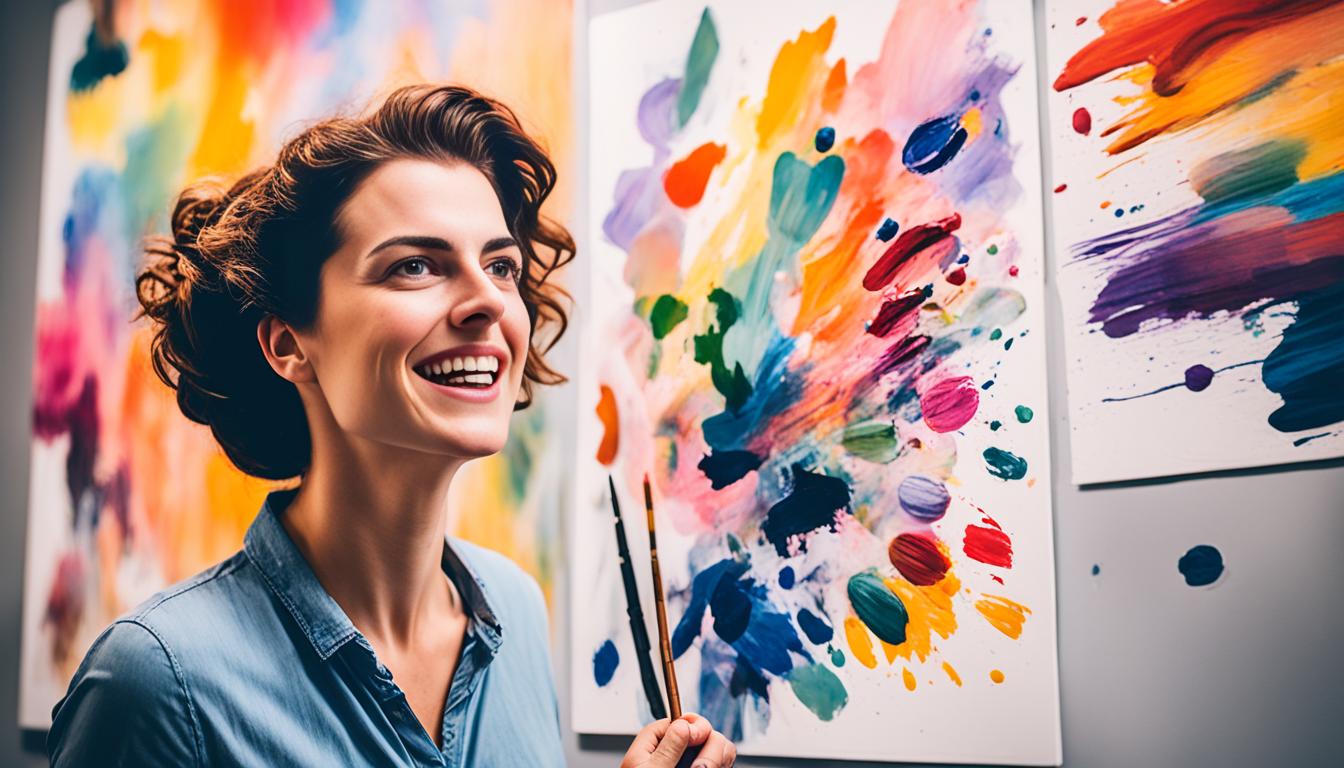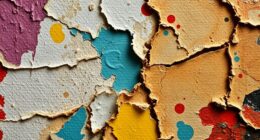Have you ever found yourself captivated by a vibrant piece of digital art, only to wonder what it really represents? In a world where technology intertwines seamlessly with creativity, understanding digital art theory becomes essential. Today, your journey into this fascinating realm begins, illuminating pivotal concepts that shape the work of countless artists around the globe. Digital art, a term first coined in the 1980s, encompasses a spectrum of artistic expressions—ranging from stunning visual installations to cutting-edge multimedia creations. As you explore the principles and history of digital art, you will gain insights into not just what digital art theory is, but also its profound influence on contemporary culture and art education.
This primer aims to provide an introduction to the world of digital art theory, outlining its significance and the core elements that define it. By diving deep into the origin of digital art, the evolution of its concepts, and the technological advancements that have propelled it forward, you will discover how this innovative form of art challenges traditional practices and encourages new ways of thinking about creativity and expression.
Key Takeaways
- Digital art theory links art with technology through various forms and concepts.
- Understanding its history helps contextualize digital art’s evolution and significance.
- Core concepts offer insights into how digital artists create and present their works.
- Digital art education plays a critical role in fostering new talent and creativity.
- Digital art criticism helps shape perceptions and underline the importance of these modern creations.
What is Digital Art Theory?
Digital art theory encompasses the conceptual foundation for the creation and appreciation of artworks produced through digital means. This theory is essential for understanding the fundamental principles that influence how art is experienced in a digital context. Understanding conceptual art theory can provide insight into the ways in which digital tools and technologies have transformed the creation and reception of art. It also allows for a deeper understanding of the relationships between artist, artwork, and audience in the digital realm. By delving into the complexities of digital art theory, one can gain a greater appreciation for the unique qualities and potential of digital artworks.
Definition and Importance of Digital Art Theory
At its core, what is digital art theory? It serves as a guide for both artists and curators in navigating the evolving landscape of digital media. Recognizing the significance of this theory allows you to appreciate how digital art concepts transform traditional notions of creativity and interactivity in artistic expressions. Understanding the importance of digital art theory equips you to engage critically with the dynamics of modern art, especially as the digital realm continues to merge with everyday life.
Key Elements of Digital Art Theory
Exploring the key elements reveals the rich tapestry of themes inherent in digital art. Some of the pivotal aspects include:
- Interactivity: This element highlights the relationship between the artwork and the viewer, where participation alters the experience.
- Fluidity: The boundaries between various forms of art, such as video installations and digital paintings, often blur, creating hybrid art experiences.
- Appropriation: Digital art often incorporates existing works or styles, recontextualizing them within new frameworks.
The discussion surrounding these elements illustrates the growing relevance and the layered nature of digital art, calling for an understanding that goes beyond traditional boundaries. The evolution of digital art theory, alongside technological advancements, encourages you to rethink established artistic practices.

| Element | Description |
|---|---|
| Interactivity | Engagement of the viewer altering their experience with the artwork. |
| Fluidity | Blurring of boundaries between genres, facilitating hybrid art forms. |
| Appropriation | Recontextualization of existing works into new digital formats. |
The History of Digital Art
The journey of digital art is a captivating narrative that highlights the evolution of creativity through technological advancements. Understanding this history provides insights into how digital art has emerged as a dominant form of expression. As you explore the history of digital art, consider how each phase represents a pivotal moment in the development of artistic practices.
Origins of Digital Art in the 20th Century
The roots of digital art can be traced back to the 1960s and 70s, with early experimentation laying the foundation for subsequent developments. In this era, artists began to engage with the nascent possibilities provided by computer technology. Significant events included Harold Cohen coining the term “digital art” in the early 1980s, showcasing the formal recognition of this new medium.
Milestones in Digital Art Development
This field saw numerous milestones in digital art, including the introduction of the first personal computers and software aimed at artists. The 1990s marked a turning point as the internet became more accessible, allowing digital art to flourish. Key figures and exhibitions, such as “Programmed: Rules, Codes, and Choreographies in Art, 1965–2018,” displayed the diversity of works spanning illustrations, GIFs, AI-generated pieces, and beyond, enriching the landscape of digital expression.
Influence of Technology on Art Movements
The influence of technology on art movements has been profound. With advancements in tools such as drawing tablets, animation software, and AR/VR technologies, artists are continuously redefining their creative boundaries. As a result, the conversation around digital art has shifted, especially with the rise of AI-generated art since 2014. This evolution not only challenges traditional notions of creativity but also prompts dialogue on copyright and the role of human involvement in the artistic process.

| Decade | Key Developments |
|---|---|
| 1960s | Emergence of algorithmic drawings, introduction of cybernetics |
| 1970s | Foundational work by artists exploring computer-generated films |
| 1980s | Harold Cohen popularizes the term “digital art,” introduction of personal computers |
| 1990s | Increased accessibility of digital media through the internet, expansion of digital art formats |
| 2000s | Rise of new media art, greater incorporation of interactive technologies |
| 2010s | Significant developments in AI-generated art, introduction of GANs |
Digital Art Concepts and Techniques
Understanding the fundamentals of digital art is essential for anyone looking to explore this vibrant field. The core ideas behind digital art concepts revolve around interactivity and viewer engagement, offering a dynamic approach to artistic expression. Various digital art techniques enable artists to breathe life into their visions, using tools and software that allow for high precision and creative flexibility.
Core Concepts in Digital Art
Digital art is rooted in several core concepts that distinguish it from traditional forms of art. These include:
- Interactivity: Digital art often invites viewers to engage with the piece, allowing for a participatory experience.
- Digital Mediums: Canvas has evolved from physical surfaces to screens, broadening the horizons of artistic creation.
- Multidimensionality: Many digital artworks incorporate motion, sound, and 3D elements to enrich the viewing experience.
Common Techniques Used by Digital Artists
Mastering various digital art techniques greatly enhances an artist’s ability to convey their message effectively. Some notable techniques include:
- Digital Painting: Artists use software like Adobe Photoshop and Procreate to create stunning pieces across different styles.
- Vector Art: This technique involves creating images with mathematical equations, often resulting in clean lines and scalable designs, utilizing tools like Adobe Illustrator.
- 3D Modeling: Software such as Blender and Autodesk Maya allows for the creation of three-dimensional objects and scenes.
Examples of Digital Art Styles
The digital art landscape is rich with diverse styles, showcasing the myriad possibilities available to artists. Here are some examples of digital art styles you might explore:
| Style | Description | Notable Artists |
|---|---|---|
| Digital Painting | Emulates traditional painting techniques using digital tools. | Craig Mullins, Loish |
| Vector Art | Characterized by shapes and lines that can be resized without loss of quality. | Yukio Miyamoto, Tom Whalen |
| Photography | Utilizes digital technology to capture images, manipulating them for artistic effect. | Steve McCurry, Cindy Sherman |
| Generative Art | Created through algorithms and code, resulting in unique, data-driven pieces. | Casey Reas, Joshua Davis |
| Glitch Art | Embraces errors in digital processes to produce unexpected aesthetic results. | Rosa Menkman, JODI |

Digital Art Criticism and Analysis
In the evolving landscape of digital art, criticism plays a pivotal role in assessing and interpreting various creative works. Understanding digital art criticism is essential for grasping the complexities involved in both the creation and reception of art within this medium. Critics analyze pieces based on multiple approaches, including formalist, contextual, psychological, and feminist criticisms. Each of these frameworks helps shed light on different aspects of digital art, enriching your engagement with diverse artistic expressions.
The Role of Criticism in Digital Art
As digital art proliferates through social media and online platforms, traditional boundaries of criticism are blurred. This democratization allows a broader range of voices and perspectives to emerge, an opportunity that both enriches the discourse and presents challenges such as market saturation. The influx of images and information makes it increasingly difficult for critics to provide meaningful insights that stand out in a saturated landscape. Notably, the necessity for more diverse voices in art criticism is pressing, aiming to reflect the complexity and diversity inherent in contemporary practices.
Key Figures in Digital Art Criticism
Prominent figures such as Thomas Lisle, who began exploring glitch video art in 1981, have significantly shaped the conversation around digital art. With over three decades in digital media, Lisle’s work exemplifies the integration of technology and creativity. His installations have opened dialogues about the implications of technology on artistic expression, which in turn feed into the frames of various critiques that analyze how digital mediums affect our understanding of identity and representation.
Notable Critiques and Their Impact
Critiques surrounding AI art and its impersonal nature raise crucial questions about human creativity versus algorithmic procedures. As critics like Joseph Weizenbaum pointed out in the 1960s, AI lacks the ability to exercise human judgment, placing traditional craftsmanship at a premium. This ongoing debate reinforces the value of art made by conscious human effort, thus impacting both artists and audiences alike. Through these discussions, the importance of realizing expectations regarding visual skills and craftsmanship in digital art becomes clear, encouraging deeper appreciation of the human aspects in an increasingly technological world.









